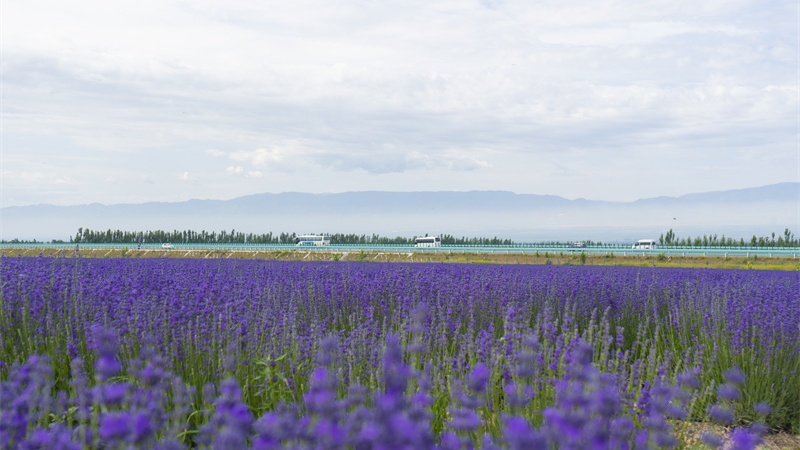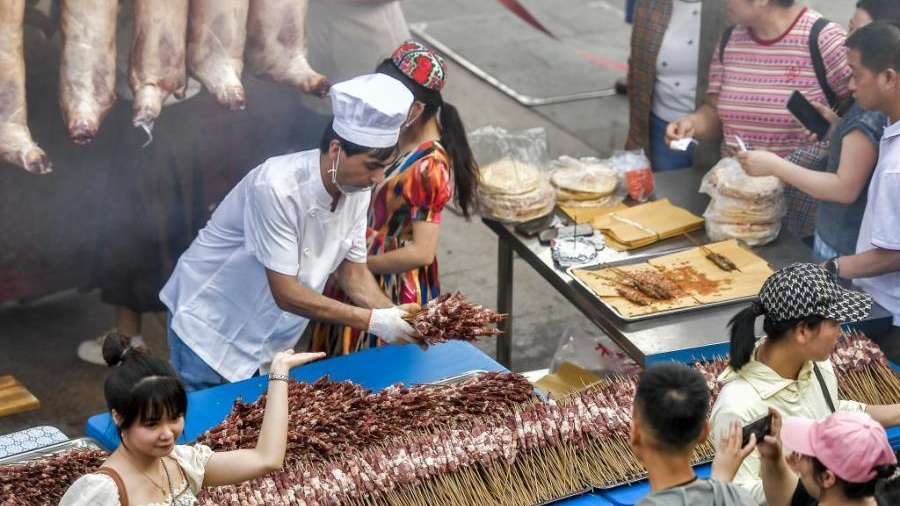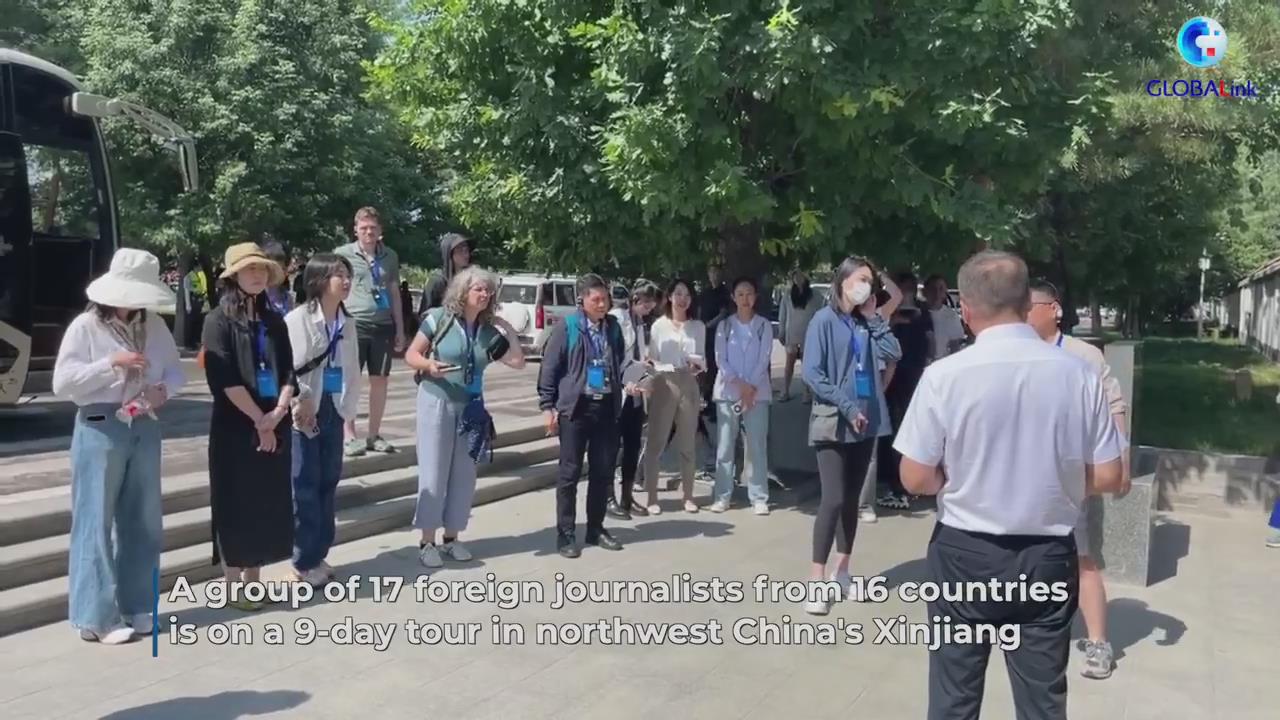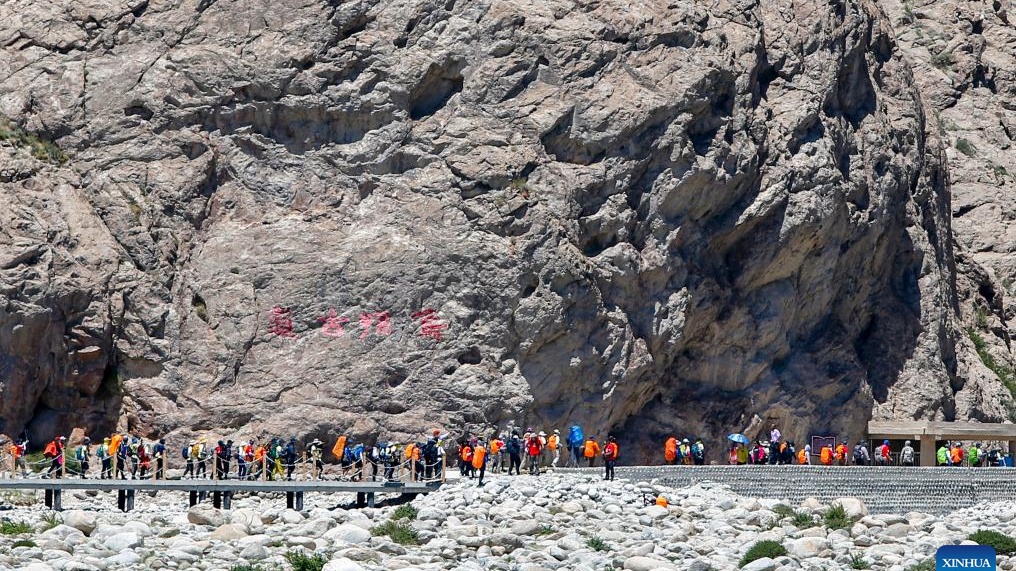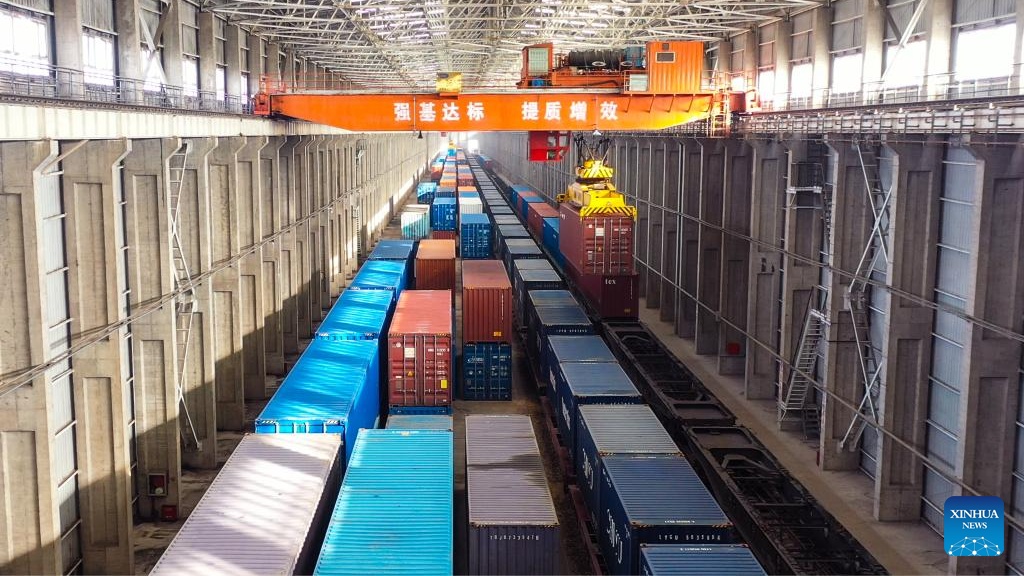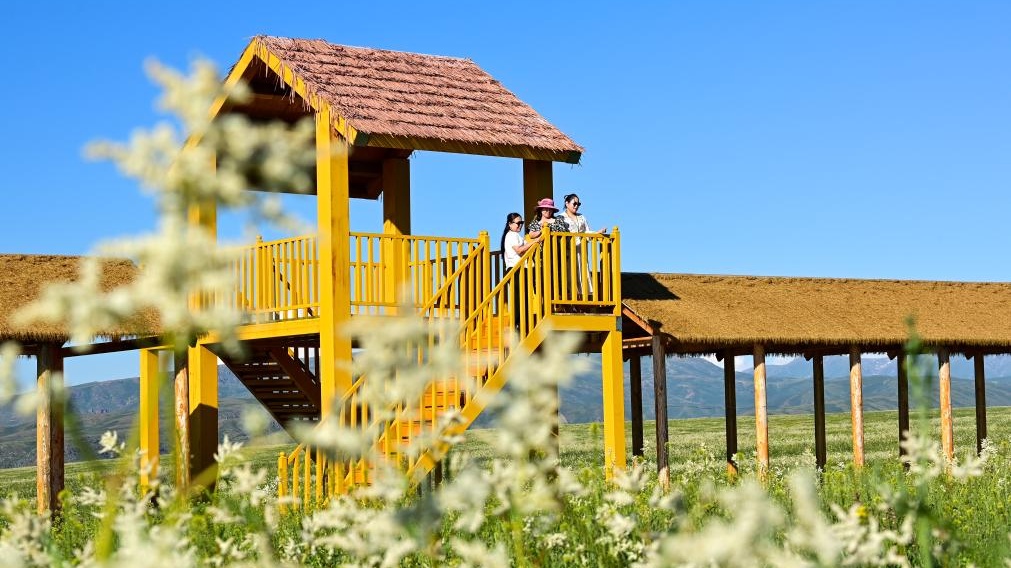
Tourists walk along the Aletun Ancient Street in Hami, Northwest China's Xinjiang Uygur Autonomous Region at 10:30 pm on Saturday. (Photo: Zhang Yiyi/GT)
The popular TV series To the Wonder has boosted Northwest China's Xinjiang Uygur Autonomous Region's tourism industry. Besides the natural scenery during the daytime, Xinjiang's night economy flourishes after dark, showcasing the region's safety and prosperity.
In the Aletun Ancient Street in Hami, Xinjiang, many tourists can be seen strolling and dining even at 1 am. In the Liuxing Food Street in Yining, Xinjiang, people celebrate the Eid al-Adha (Corban Festival) by singing and dancing until 11 pm, Global Times reporters observed.
"I felt like this is a place where people are genuinely happy. It is very safe. We walk along really dark streets on our way back and have no worries. We are in the city center, surrounded by people celebrating their traditional festival. The atmosphere is great," Torbjorn Sassersson, the chief editor of the News Voice in Sweden, told the Global Times on June 18.
"My trip to Liuxing Food Street was very impressive. The large presence of people on both sides of the street demonstrated the strength of local consumption and good income levels. The food here tastes sweeter compared to other parts of China, and it makes me feel like I'm at home. I also feel very safe when I walk in the street with my colleagues at midnight," Ahmed Soliman, a foreign affairs chief editor from Egypt, told the Global Times on Wednesday.
"In the street, many ethnic minorities and tourists dance together, and we can join them at any time if we want," a tourist from Central China's Henan Province told the Global Times on Wednesday. "I enjoy the vibrant and bustling nightlife," he added.
"The thriving night economy in Xinjiang is partly due to its long daylight hours and also benefits from the region's well-constructed infrastructure and stable social order," Wang Jinwei, a professor at the School of Tourism Sciences at Beijing International Studies University, told the Global Times on Wednesday.
Hami's Aletun Ancient Street was selected as a model street for the night economy in 2023 in Xinjiang. This short 610-meter street boasts over 100 specialty shops, offering photography services, jade, ethnic embroidery, pastries, and barbecued food. It has become a must-visit spot for tourists in Xinjiang. "Most shops in the street open around 6 pm and stay open until about midnight, depending on the volume of visitors," a shopkeeper told the Global Times on Saturday.
"Our studio has gained popularity in the past two years. After 6 pm, we see a surge in customers, and even after 10 pm, when it's already dark, there are still plenty of tourists coming in for photos," a member of staff at a photography studio in the Aletun Ancient Street told the Global Times on Saturday.
The development of Xinjiang's night economy aligns with the lifestyle habits of ethnic minorities and offers tourists a way to escape the heat while gaining unique travel experiences, according to Wang. "This excellent integration of resources is expected to continue thriving, with personal safety being a fundamental aspect," Wang said.
Xinjiang has actively developed its night economy, including carrying out a series of night activities around dining, accommodation, transportation, and shopping. In recent years, nighttime tourism has become popular, showcasing Xinjiang's safety and vibrant economic momentum, Wang added.
From January to May 2024, Xinjiang received a total of 83.39 million passenger trips from home and abroad, a year-on-year increase of 13.69 percent. The region's tourism revenue reached 90.20 billion yuan ($12.63 billion), up 38.87 percent year-on-year, according to the local culture and tourism department.

.jpg)






